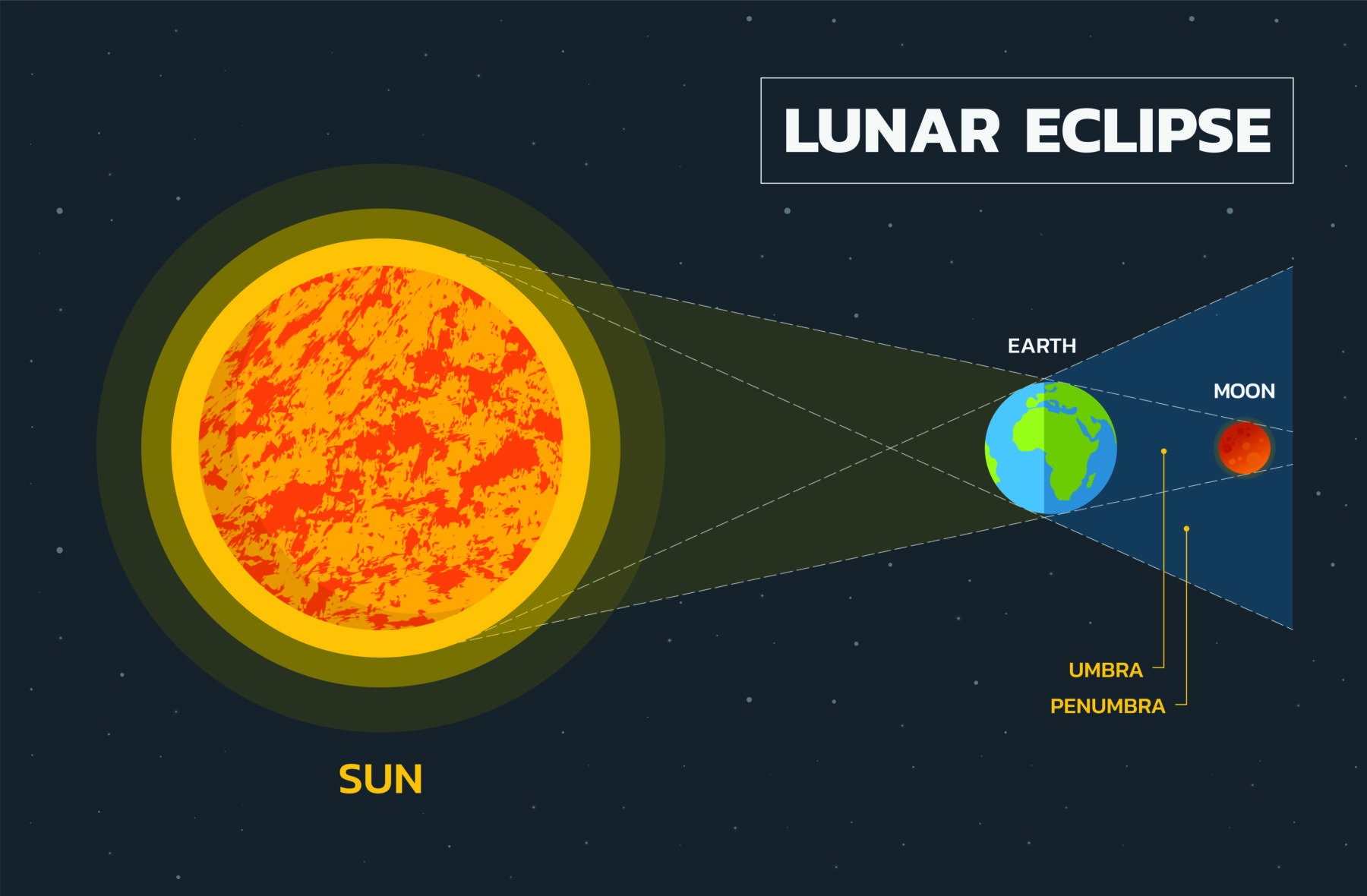How to see Tuesday night’s Blood Moon

Get ready to see our Moon glow a spectacular reddish colour during a total lunar eclipse.
This astronomical event is rare because not only do lunar eclipses only occur during a full moon, a total lunar eclipse does not occur during every full moon cycle, explains Dr Brad Tucker, an astrophysicist from The Australian National University (ANU).
“This is because the moon’s orbit is not always in perfect alignment with the sun and the Earth,” says Dr Tucker.
“The moon wobbles by about five degrees as it orbits around the Earth. For the moon to move perfectly into Earth’s shadow, it needs to be aligned with the Earth. Sometimes it just skims the shadow and we get a partial lunar eclipse.”
What causes a Blood Moon?
The Moon looks red during a total lunar eclipse due to the Moon passing into Earth’s shadow.
It is this shadow that causes the moon’s surface to turn red.
“While the Earth casts a shadow into space, a little bit of sunlight skims through the Earth’s atmosphere and into space,” says Dr Tucker.
“Just as sunrise and sunset are an orange or reddish colour, so is this light that skims through the Earth’s atmosphere and out into space.
“When you look at the moon during the total lunar eclipse, you are seeing the sunrise and sunset of the Earth lighting up the moon.”
According to NASA, the more dust or clouds in Earth’s atmosphere during the total lunar eclipse, the redder the moon will appear.

Blood Moon viewing times across Australia (Tuesday 8 November)
Information courtesy of ANU, all times PM
ACT/ NSW/ VIC/ TAS
Starts at 8:09, ends at 11:49.
Total eclipse (when fully red) will last from 9:16 – 10:41.
QLD
Starts at 7:09, ends at 10:49.
Total eclipse (when fully red) will last from 8:16 – 9:41.
SA
Starts at 7:43, ends at 11:19.
Total eclipse (when fully red) will last from 8:46 – 10:11.
NT
Starts at 6:42, ends at 10:19.
Total eclipse (when fully red) will last from 7:46 – 9:11.
WA
Starts at 6:43, ends at 8:49.
Total eclipse (when fully red) will last from 6:43 – 7:41.
No special equipment is needed to view the Blood Moon, although a telescope or binoculars are recommended to get the best viewing experience.
The Blood Moon will also be visible in New Zealand, the Americas and parts of Asia.





